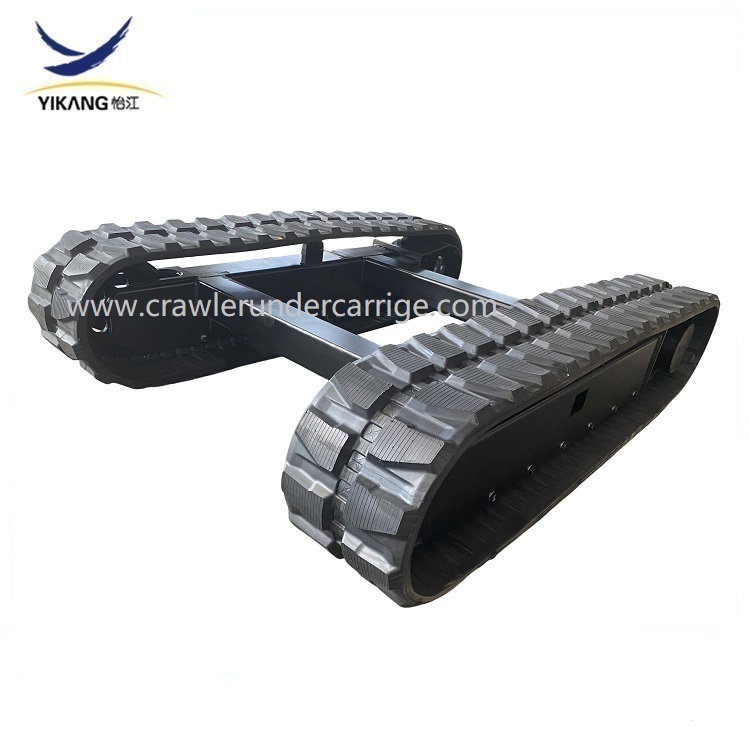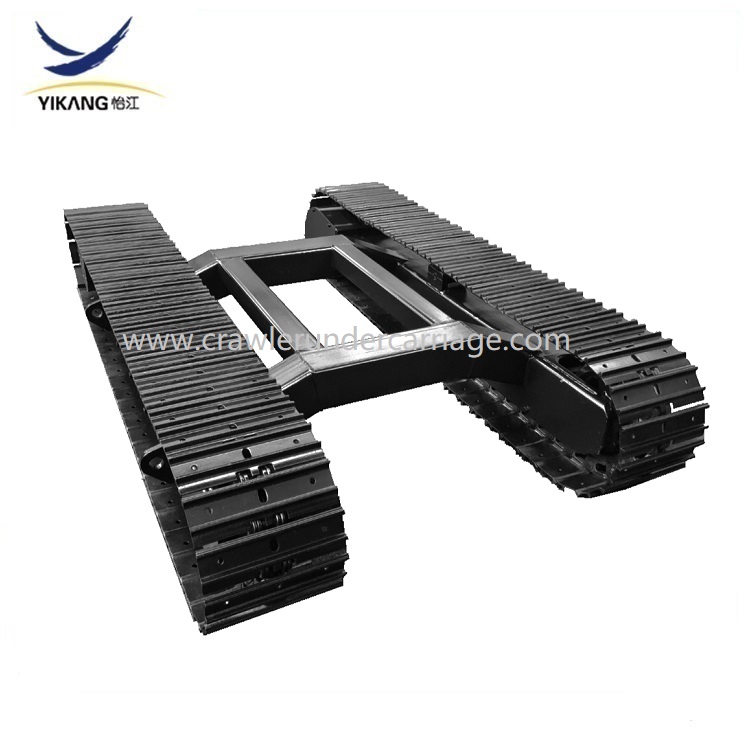how to clean a steel undercarriage
You can do the following actions to clean a steel undercarriage:
- Rinse: To start, use a water hose to rinse the undercarriage to get rid of any loose dirt or debris.
- Apply a degreaser designed especially for cleaing undercarriages. For information on the right dilution and application technique, refer to the manufacturer's instructions. To enable the degreaser to fully penetrate and dissolve grease and filth, let it sit for a few minutes.
- Scrub: Focus on regions with substantial buildup while using a stiff brush or a pressure washer with the proper nozzle to clean the underside. This will assist in getting rid of tenacious grease and filth.
- Rinse Again: To get rid of the degreaser and any leftover dirt or grime, give the undercarriage a good once-over with a water hose.
- Examine the undercarriage for any leftover debris or locations that could require more care after cleaning.
- Dry: To remove any remaining moisture, either let the undercarriage air dry or wipe it off with a fresh, dry towel.
- Prevent corrosion and shield the steel from future damage by using a rust inhibitor or undercarriage protection spray.
- You may efficiently clean a steel undercarriage and contribute to maintaining its integrity and look by following these instructions.
how to clean a rubber track undercarriage
In order to maintain the equipment's longevity and optimum performance, routine maintenance must include cleaning the rubber track undercarriage. To clean the undercarriage of a rubber track vehicle, follow these general steps:
- Clear the debris: To begin, clear any loose dirt, mud, or debris from the rubber tracks and undercarriage parts using a shovel, broom, or compressed air. Observe the spaces surrounding the idlers, rollers, and sprockets closely.
- Use water to wash: The rubber track undercarriage should be carefully cleaned using a pressure washer or hose equipped with a spray attachment. To cover every area, be sure to spray from a variety of angles, and take care to remove any dirt or debris that may have accumulated.
- Use a mild detergent: If the dirt and grime are deeply embedded or difficult to remove, you might want to try a mild detergent or degreaser made especially for heavy machinery. After putting the detergent on the rubber tracks and undercarriage parts, scrape any really unclean spots with a brush.
- Rinse thoroughly: To get rid of any last bits of detergent, filth, and dirt, rinse the rubber tracks and underside with clean water after applying the detergent and scrubbing.
- Examine for damage: While the undercarriage and rubber tracks are being cleaned, use this time to look for any indications of wear, damage, or possible problems. Examine any wounds, rips, noticeable deterioration, or missing parts that could need to be fixed or replaced.Allow the rubber tracks and undercarriage to completely dry after cleaning them before using the machinery. This can guarantee that the undercarriage components are operating properly and assist prevent any complications related to dampness.
You can lessen the chance of corrosion, aid stop early wear, and keep your equipment operating at its best by routinely cleaning the rubber track undercarriage. Furthermore, ensuring that the cleaning procedure is carried out safely and properly can be achieved by adhering to the manufacturer's instructions and suggestions for cleaning and maintenance.
Post time: Feb-04-2024







